
We use the Qwik framework and Qwik City’s server functions to improve app performance by loading data without relying on JavaScript.
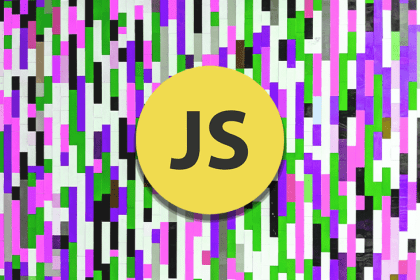
We demonstrate how use Shifty and JavaScript async/await functions to generate engaging, fast, high-performance animations.
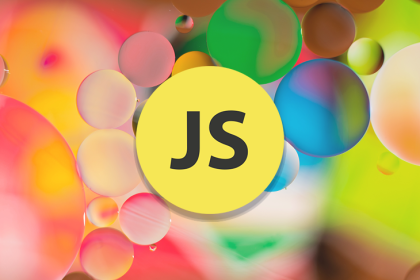
We discuss using Barba.js to create seamless, smooth page transitions for enhanced user experience on your website.

Boost your app’s efficiency with Git LFS, the large file storage hub you can link with your app in GitHub.
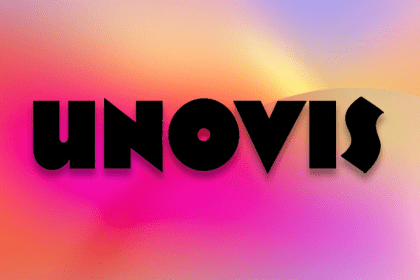
Create charts and map graphs using Unovis, the framework-independent data visualization library.
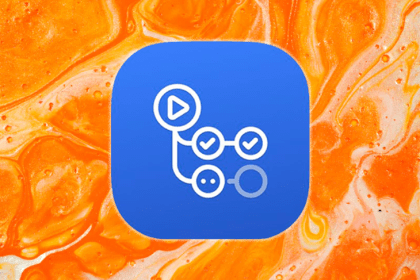
Introduce act in a sample project, install it, and then cover the different ways that act can improve your experience building and testing GitHub Actions.

Choosing a WYSIWYG editor is key to empowering your users. Learn about Milkdown, a new option, and how it compares to trusted competitors.

As Rome matures after its rewrite in Rust, we take a look at how to migrate from Prettier to Rome to gain performance speed and structure.
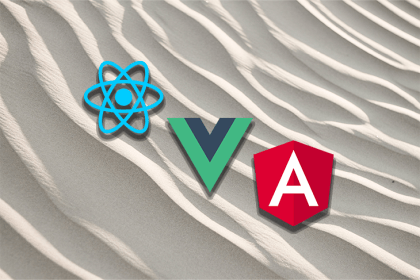
We give available options for creating ARIA-live regions and demonstrate tools for creating ARIA-live regions in React, Angular, and Vue.js.
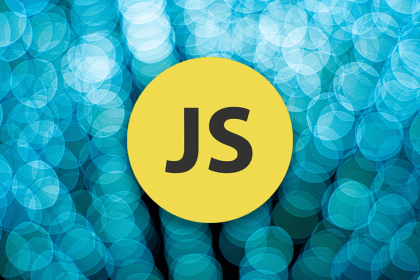
Learn to use Anime.js, one of the best and fastest JavaScript animation libraries out there, to set your website a step above the rest.
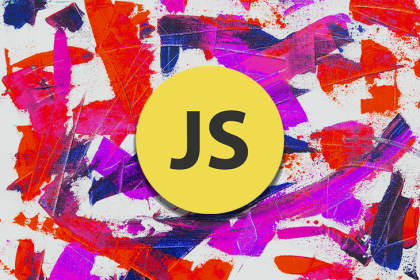
We take a deep dive into Riot.js, compare it to the native Web Components API, and demonstrate how to use Riot.js to build a simple SPA.
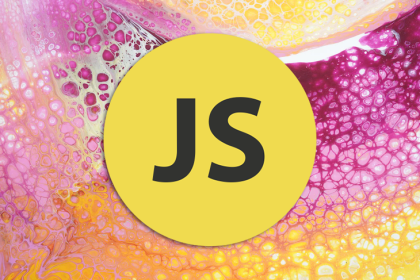
Getting started with a charting library without understanding all of its features can be greatly detrimental to the developer experience.